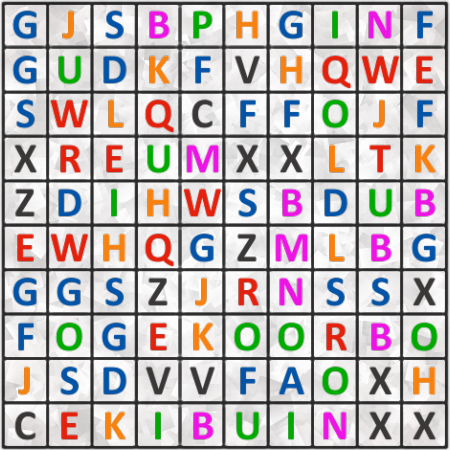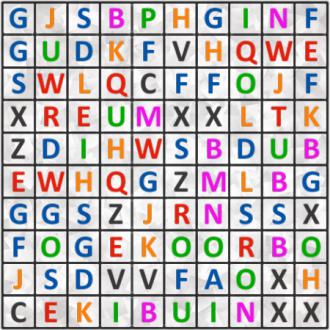Find a famous person
Find the first and the last name of a famous person. Text may go in all 8 directions. Length of words in solution: 6,7.Correct answers: 17
The first user who solved this task is Alfa Omega.
#brainteasers #wordpuzzles

A Lesson – How to Find the Best Airline Price
I couldn’t decide whether to go to Salt Lake City or Denver for vacation, so I called the airlines to get prices. “Airfare to Denver is $300,” the cheery salesperson replied.
“And what about Salt Lake City?”
“We have a really great rate to Salt Lake—$99,” she said, “but there is a stopover.”
“Where?”
“In Denver,” she said.

